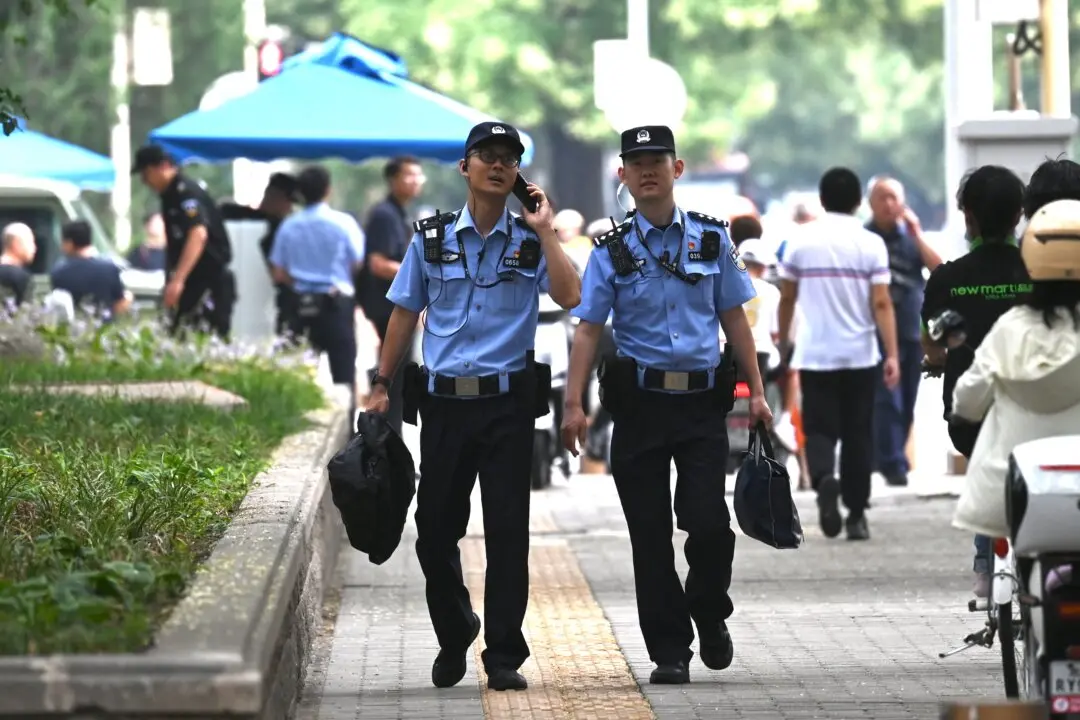Commentary
As the long-delayed Third Plenum session ended last week, it’s far from clear what the Chinese regime’s five-year plan will involve. Beijing seems to think that its earlier efforts to deal with the property crisis are sufficient.

As the long-delayed Third Plenum session ended last week, it’s far from clear what the Chinese regime’s five-year plan will involve. Beijing seems to think that its earlier efforts to deal with the property crisis are sufficient.